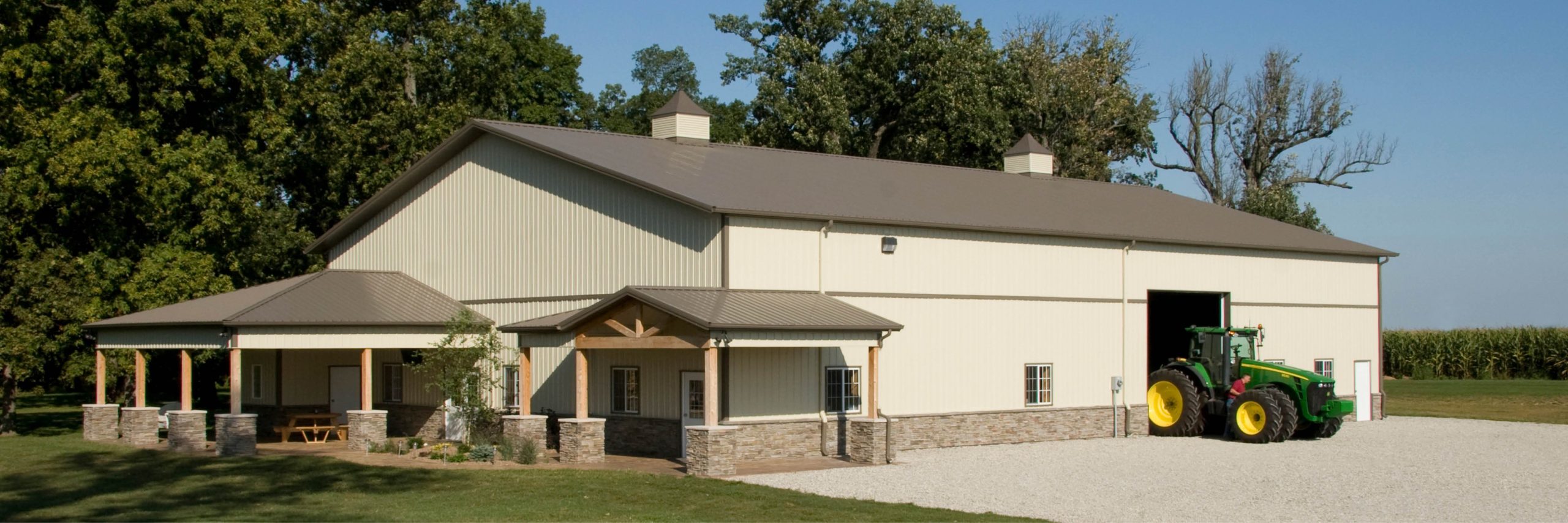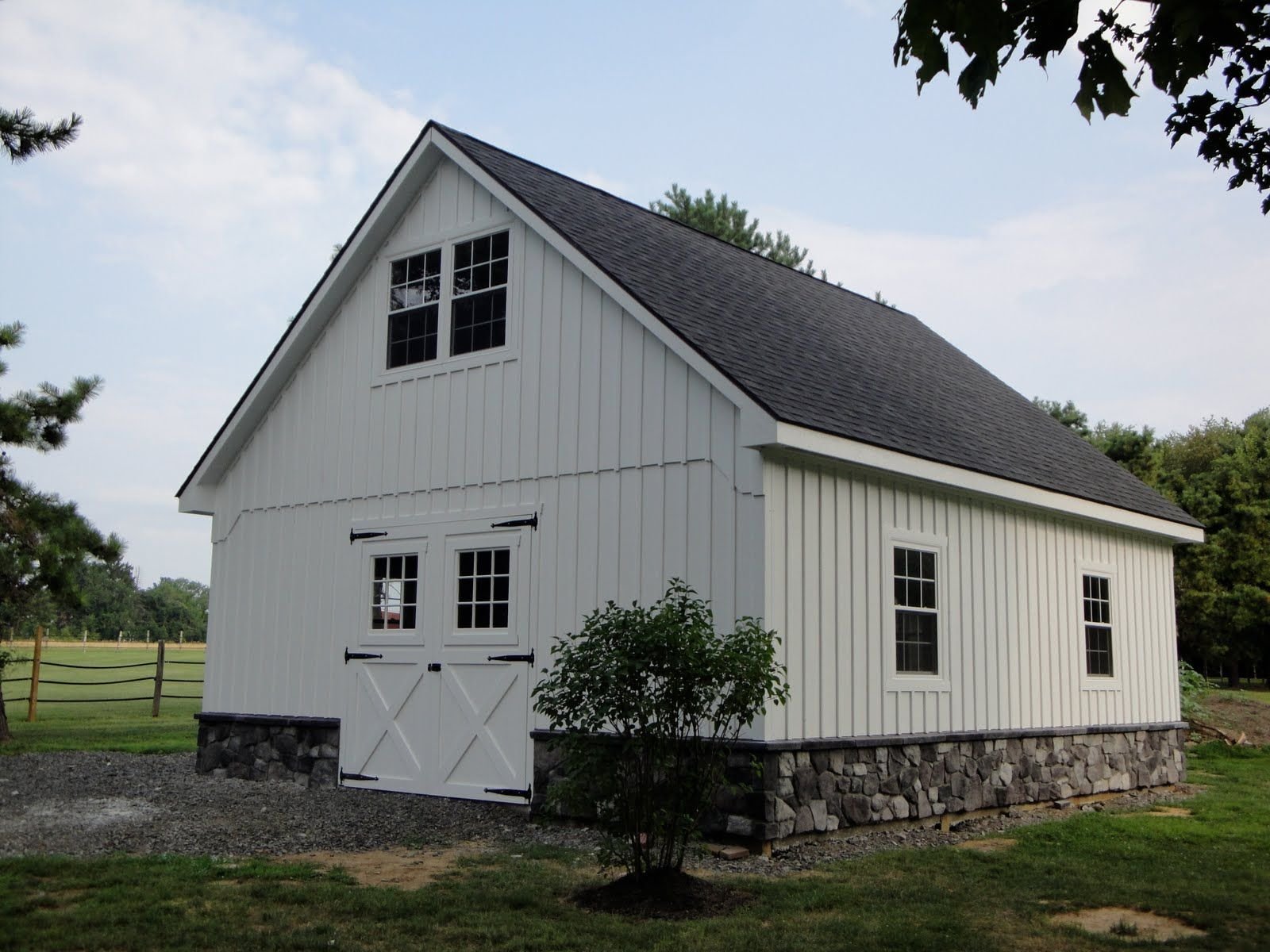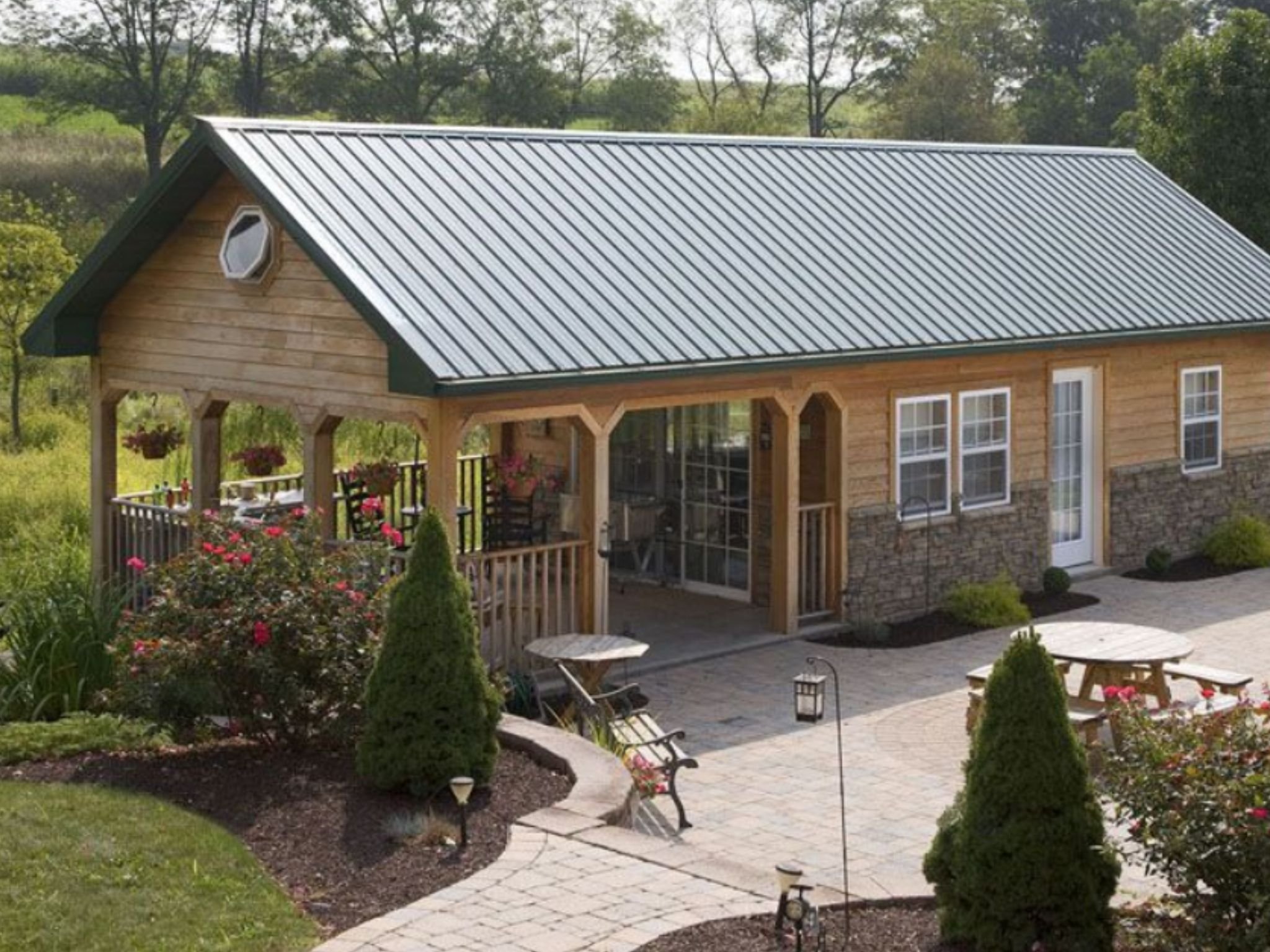Welcome to A Comprehensive Guide to Small Pole Building Homes, your definitive resource for understanding the ins and outs of these sustainable and affordable dwellings. As an experienced home builder specializing in pole building construction, I’ll guide you through every aspect of this unique approach, empowering you with the knowledge and insights needed to make informed decisions about your next home. Let’s dive into the world of small pole building homes and explore their many advantages and considerations.
Key Takeaways:
- Small pole building homes provide an affordable housing option.
- They offer durability and practicality in various climates.
- An open floor plan maximizes space in compact homes.
- Customization allows for different exterior styles and floor plans.
- Using vertical storage and multi-purpose spaces can increase the feeling of spaciousness.
Small Pole Building Homes: A Comprehensive Guide

Building a small pole building home can be a rewarding experience, especially if you’re looking for an affordable and sustainable housing solution. Let’s dive into everything you need to know about these homes.
What are Small Pole Building Homes?
Imagine a house with a frame made of sturdy poles, typically spaced a few feet apart. That’s a small pole building home. They offer a more economical and practical option compared to traditional stick-built homes.
Benefits of Small Pole Building Homes:
- Cost-effective: Less building materials and labor mean substantial savings on construction costs.
- Durability: The sturdy poles provide a robust structure that can withstand various weather conditions.
- Customizable: From exterior finishes to floor plans, small pole building homes can be tailored to your specific style and needs.
Considerations for Building a Small Pole Building Home:
- Site Selection: Choose a well-drained site with proper soil conditions.
- Foundation: Consider options like concrete footings or piers to support the poles.
- Framing: Ensure the poles are set vertically and securely anchored to the foundation.
- Roofing: Choose a durable roofing material that fits your budget and aesthetic preferences.
- Insulation: Add insulation to walls, ceilings, and floors to improve energy efficiency.
Pros and Cons of Small Pole Building Homes:
Pros:
- Affordability: Lower construction costs than traditional homes.
- Flexibility: Can be customized to suit various living styles.
- Durability: Resistant to weather and pests.
Cons:
- Space Limitations: Smaller square footage compared to regular homes.
- Less Insulation: May require additional insulation for energy efficiency.
- Design Constraints: Limited design options due to the pole structure.
Tips for Maximizing Space:
- Open Floor Plan: Create seamless transitions between living areas.
- Multipurpose Rooms: Design rooms that can serve multiple functions.
- Vertical Storage: Utilize walls and high ceilings for storage solutions.
In conclusion, small pole building homes offer a unique and budget-friendly way to own a home. With careful planning and construction, you can create a cozy and functional living space that meets your needs and lifestyle.
You can find small 1 bedroom single wide mobile home floor plans that are affordable and efficient for a comfortable living. If you are planning for a small home, you should explore small home designs in India to utilize the space in an organized way.
Materials and Tools Needed for Small Pole Building Homes

Before embarking on your small pole building home construction project, it’s essential to gather the necessary materials and tools. Let’s dive into what you’ll need:
Materials:
- Poles (4×6 or 6×6): These sturdy poles form the backbone of your pole building.
- Roofing (metal, shingles): Choose durable roofing material to protect your home from the elements.
- Siding (wood, vinyl): Enhance the exterior of your home with weather-resistant siding.
- Windows: Allow natural light and ventilation into your living space.
- Doors: Provide secure access to your home.
- Insulation: Keep your home comfortable by insulating the walls, ceiling, and floor.
- Electrical wiring: Run electricity throughout your home for power and lighting.
- Plumbing fixtures: Install plumbing fixtures for running water and waste removal.
Tools:
- Circular saw: Essential for cutting lumber and roofing materials.
- Drill: Used to create holes for nails and screws.
- Impact driver: Powerful tool for driving screws quickly and efficiently.
- Level: Ensure that walls and structures are plumb and level.
- Tape measure: Measure and mark materials accurately.
- Square: Used to mark precise angles and ensure squareness.
- Chalk line: Snap chalk lines to guide your cuts and mark construction lines.
- Hammer: Drive nails into lumber and secure materials.
- Nails: Used to fasten materials together.
- Screws: Provide a stronger hold than nails.
Key Takeaways:
- Pressure-treated poles offer increased durability.
- Ensure poles are set at least 2 feet deep in the ground.
- Use a level throughout the construction process to ensure accuracy.
- Insulate your home well to reduce energy costs.
- Hire licensed professionals for electrical and plumbing installations.
Citation: Small Pole Barn Homes – Barndominium Life
Step-by-step instructions for building small pole building homes
Key Takeaways:
- What: Small pole building homes are cost-effective, durable, and customizable.
- Considerations: Site selection, foundation type, pole anchoring, roofing material, and insulation are crucial.
- Pros: Affordable, flexible, and durable.
- Cons: Limited space, less insulation, and design constraints.
- Tips: Open floor plans, multipurpose rooms, and vertical storage maximize space.
With the right preparation, you can embark on the journey of building your own small pole building home. While it’s a rewarding experience, it’s essential to approach it with proper planning and execution. Here’s a step-by-step guide to help you navigate the process:
- Site Selection: Choose a well-drained site with easy access and proximity to utilities.
- Foundation: Opt for concrete footings or piers to ensure a sturdy base for your poles.
- Pole Setting: Space poles 8-10 feet apart, ensuring they are plumb and buried at least 2 feet deep.
- Framing: Cut and nail wall framing to the poles, maintaining squareness and levelness.
- Roofing: Install your desired roofing material, such as metal or shingles.
- Siding: Cover the walls with siding material, like wood or vinyl, for protection and aesthetics.
- Windows and Doors: Cut openings and install windows and doors for natural light and accessibility.
- Insulation: Insulate the walls, ceiling, and floor to enhance energy efficiency and comfort.
- Electrical and Plumbing: Hire licensed professionals to safely install these systems.
- Interior Finishing: Customize the interior to your preferences, including painting, flooring, and trim.
By following these steps, you’ll be well on your way to creating a small pole building home that meets your needs and budget. Remember to prioritize quality materials, skilled craftsmanship, and attention to detail throughout the process.
Citation:
“How to DIY Pole Barn in 7 Easy Steps (Floorplans Included).” MetalBuildingHomes.com, www.metal-building-homes.com/diy-pole-barn-guide-7-easy-steps/.
Tips for Building Small Pole Building Homes
As an experienced home builder specializing in sustainable and affordable housing solutions, I’ve noticed that building small pole structures has become incredibly popular. They’re great for first homes or vacation spots. But they also require careful planning, expertise, and attention to detail.
Key Takeaways:
- Cost-effective: Pole homes use fewer materials and less labor than traditional stick-built homes.
- Durable: Poles are sturdy and can withstand harsh weather conditions.
- Customizable: Pole homes can be designed to fit your specific needs and preferences.
Tips:
- Plan your layout carefully: Every inch counts in a small pole home. Divide the space into zones and consider multipurpose furniture.
- Maximize vertical space: Install beams and a loft to create extra living space without increasing the footprint.
- Accessorize with storage: Add extra shelves, drawers, and cabinets to keep clutter at bay.
- Consider lighting and moldings: These details can enhance the aesthetic and make your home feel more spacious.
- Use wall treatments: Paint, wallpaper, or wood paneling can add depth and character to your walls.
Building a Small Pole Building Home
Step 1: Site Selection
- Choose a level, well-drained site with access to utilities.
- Consider local zoning laws and building codes.
Step 2: Foundation
- Dig footings or install concrete piers to support the poles.
- Ensure the poles are vertical and secure.
Step 3: Framing
- Attach the wall framing to the poles using nails or screws.
- Square and level the framing to ensure stability.
Step 4: Roofing
- Install durable roofing material such as metal or shingles.
- Follow the manufacturer’s instructions for proper installation.
Step 5: Insulation
- Insulate the walls, ceiling, and floor to improve energy efficiency.
- Use fiberglass, cellulose, or spray foam insulation.
Citation:
“Design Ideas for Building a Pole Barn House.” Tidbits,
FAQ
Q1: What are the advantages of building a small pole barn home?
A1: Pole barn homes are a cost-effective and practical option for first-time buyers, vacation homes, or those looking to downsize. They require less building material and labor compared to traditional stick-built homes.
Q2: How do I maximize space in a small pole barn home?
A2: To make the most of a small pole barn home, consider using an open floor plan, multi-purpose spaces, and vertical storage solutions like shelves and cabinets on walls.
Q3: What is the process of building a DIY pole barn home?
A3: Building a DIY pole barn home requires careful planning and execution. Start by considering location, zoning, and design. Estimate costs and supplies, prepare the site, and follow step-by-step instructions for erecting the structure.
Q4: Can I customize a small pole barn home to suit my needs?
A4: Yes, pole barn homes offer flexibility in terms of customization. You can modify exterior finishes, roof lines, and floor plans to create a living space that meets your specific requirements.
Q5: What are some design tips for small pole barn homes?
A5: To enhance the aesthetics and functionality of your small pole barn home, consider creating room zones, adding extra storage, taking advantage of ceiling height with beams, and incorporating wall treatments and moldings. You can also utilize a loft to create additional living space without increasing the footprint.
- The Best Battery Picture Lamps for Effortless Artwork Illumination - April 1, 2025
- Double Sink Bath Vanity Tops: A Buyer’s Guide - April 1, 2025
- Bath Towel Measurements: A Complete Guide to Choosing the Right Size - April 1, 2025










